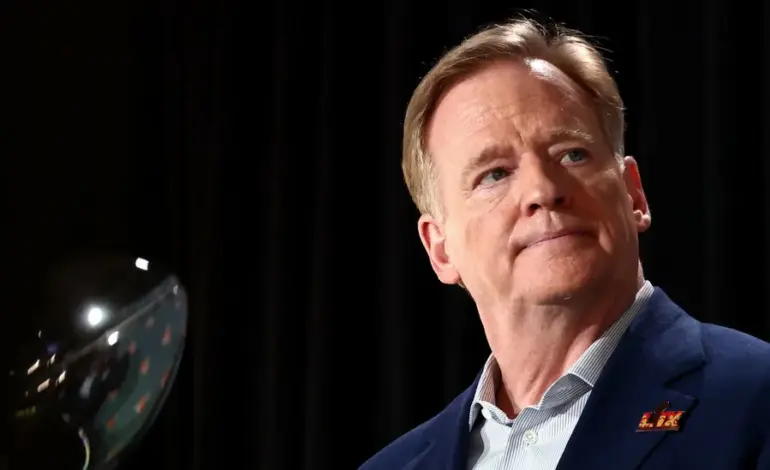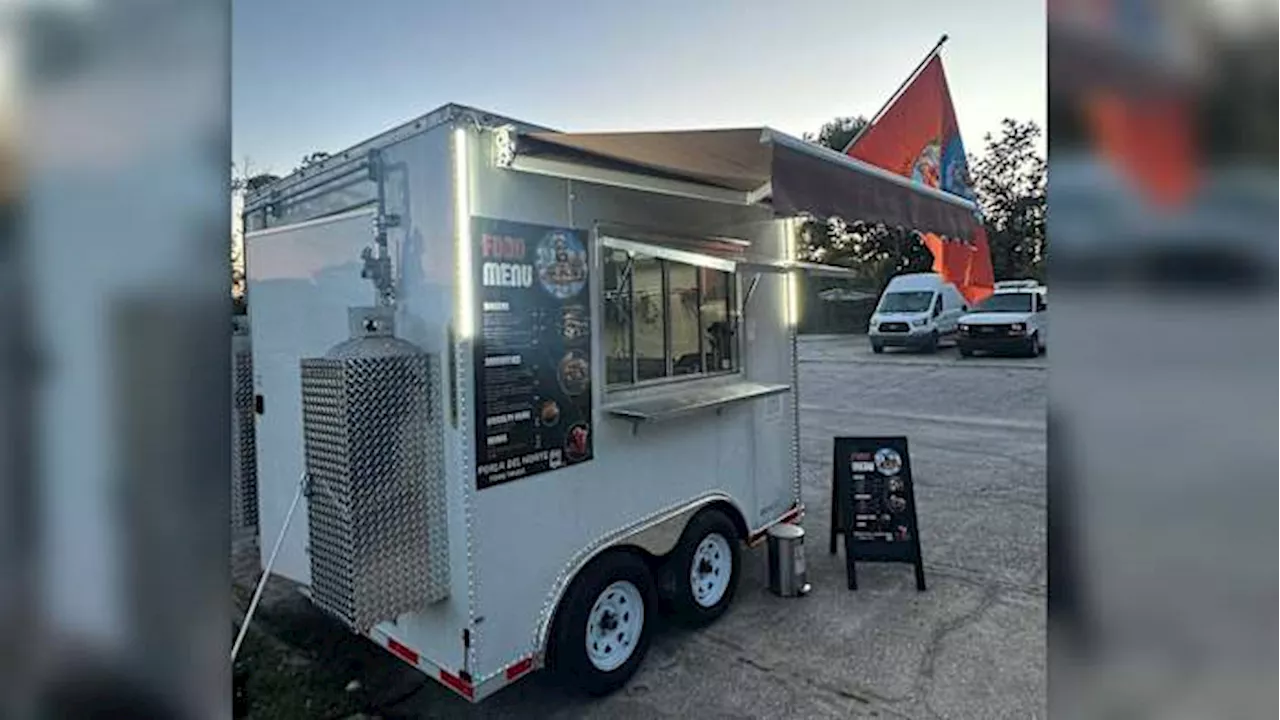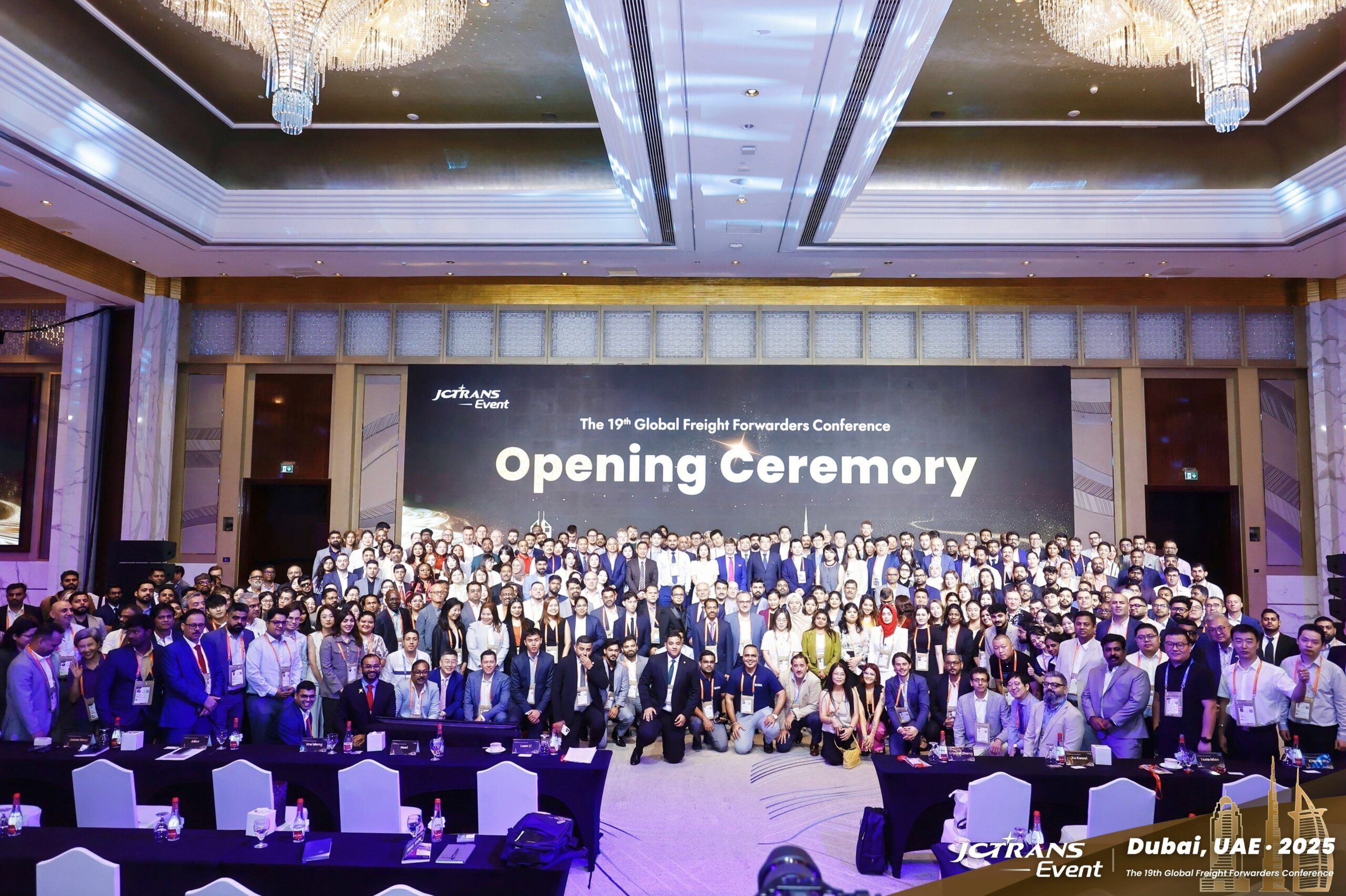NFL’s Roger Goodell Defends Bad Bunny’s Super Bowl Halftime Spot

NFL Commissioner Roger Goodell addressed criticisms regarding the selection of Puerto Rican artist Bad Bunny for the Super Bowl LV halftime show during the league’s Fall Meeting in New York on October 22, 2025. Defending the controversial choice, Goodell emphasized Bad Bunny’s status as “one of the leading, the most popular performers in the world,” underscoring the league’s goal to enhance the entertainment value of the event.
Goodell confirmed that the NFL has no plans to change its decision despite backlash, including notable criticism from former President Donald Trump. “I would say that I’m not sure we ever selected an artist where we didn’t have some blowback or criticism,” Goodell stated. He acknowledged the challenge of meeting the diverse expectations of an audience that spans hundreds of millions of viewers globally, yet expressed confidence in Bad Bunny’s ability to deliver a memorable performance.
The decision has sparked a heated debate among fans and commentators, with some suggesting that the NFL is prioritizing global appeal over the preferences of its traditional American audience. Critics have raised concerns about the potential implications of such selections, questioning whether the league is compromising its cultural roots for commercial interests. They argue that selections like Bad Bunny may alienate long-standing fans who prefer more mainstream American artists.
In response to this criticism, Goodell reiterated that the NFL aims to provide an inclusive platform. “He understands the platform he’s on,” he assured, aiming to quell fears that the halftime show might disregard American musical tastes. The league has previously faced backlash for its artist choices, which include big names like Kendrick Lamar, Usher, Rihanna, and others in recent years.
Some fans expressed their disappointment, suggesting alternative artists that might resonate more with American audiences, such as Morgan Wallen or Taylor Swift. The discussion highlights a growing divide between global aspirations and local preferences, as well as the ongoing challenge for the NFL to balance its expanding international footprint with the expectations of its core fanbase.
As the Super Bowl approaches, the league’s decision to feature Bad Bunny remains a focal point of conversation within the sports community. The event, viewed by millions each year, serves not only as a competition but also as a cultural touchstone, making the artist selection particularly significant. Goodell’s remarks indicate the NFL’s commitment to evolving its entertainment offerings, but whether this strategy will resonate with traditional fans remains to be seen.






